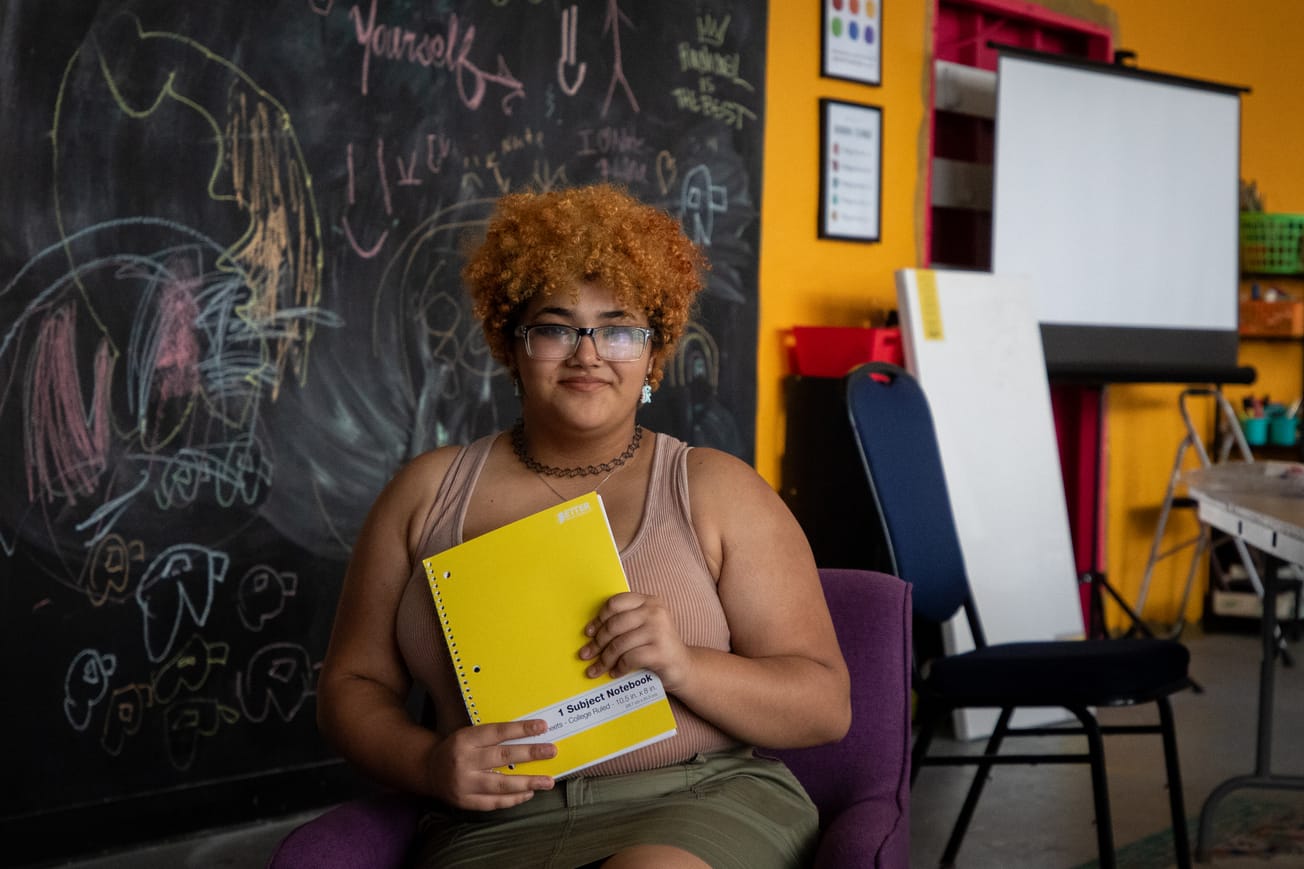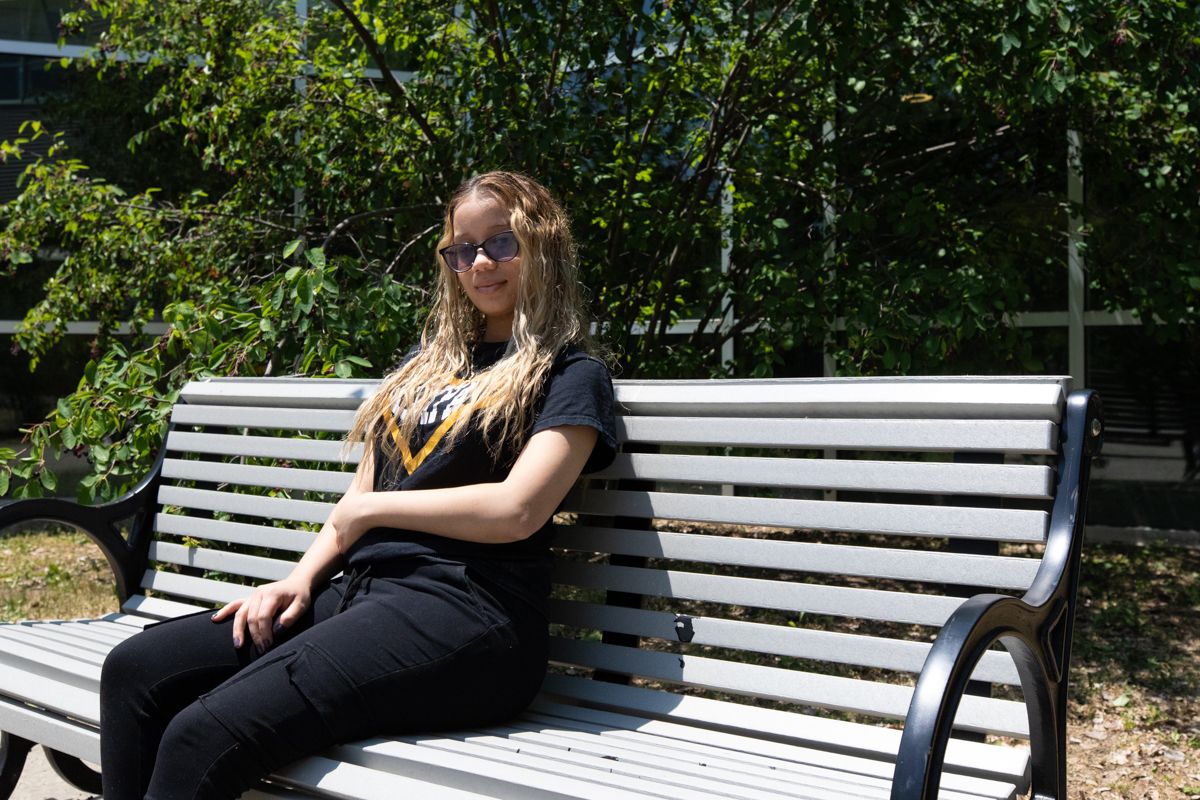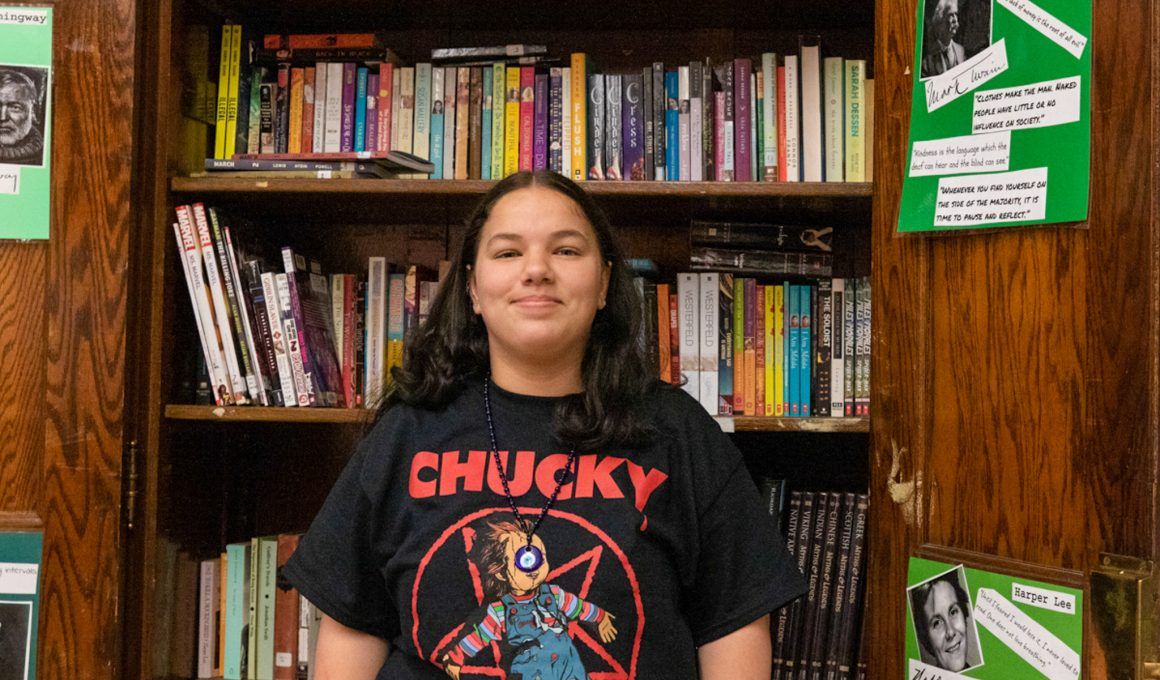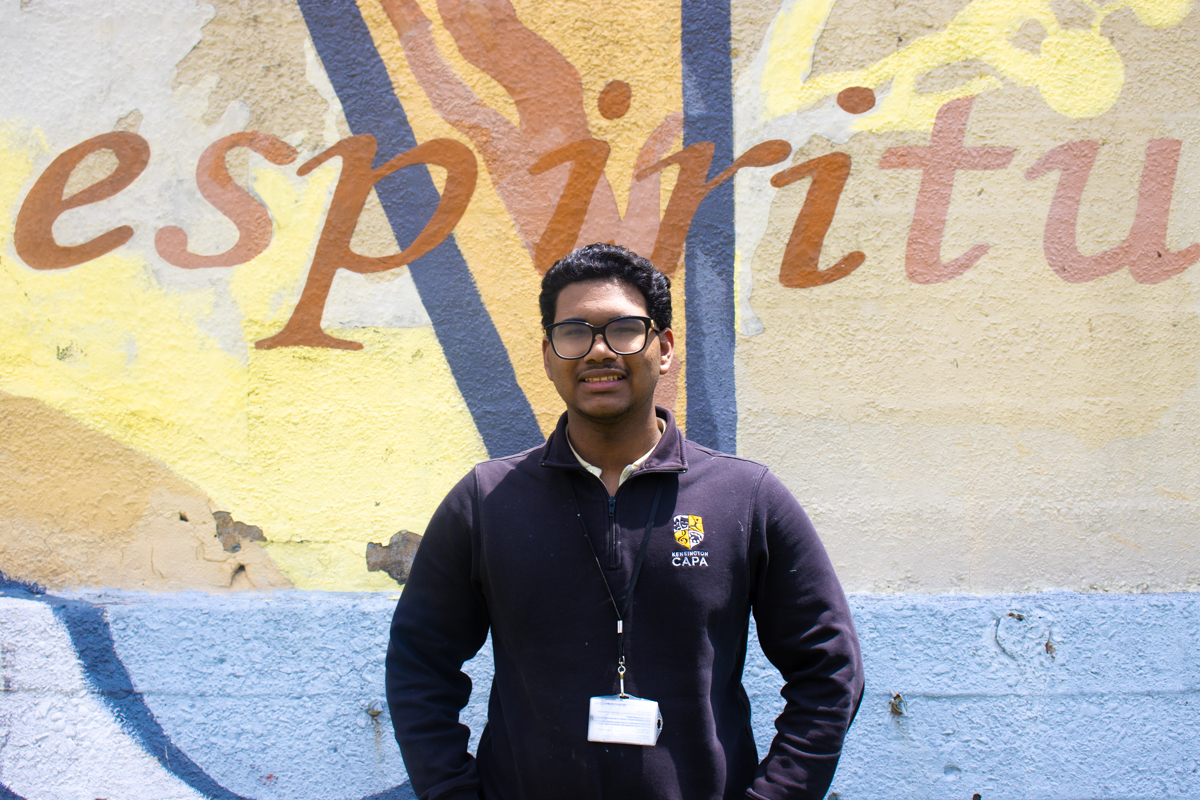People inside and outside the School District of Philadelphia have a lot to say about the school district and its teachers. How can we blame anyone for what they say? We have thousands of teachers in this district, and that group is bound to be as diverse as the students.
Sometimes, it’s tough for me to read those comments because I know so many teachers working so hard to do the right thing. However, it’s not enough to make us overall a “good school district.” As a result, a lot of decent teachers leave, tired of feeling like they’re trying so hard. Yet, we’re still labeled as “failing” and collectively blamed for it. But we can’t sit around saying, “Not all teachers.” We always have to strive for better.
This September, I start my second year certified to teach high school English, my fifth year teaching overall. I came into this career by accident. I taught at a private preschool in Center City, and I left in the middle of the year because my hourly wage was not enough to survive on. I needed a flexible job while I figured out what to do next, so I signed up to be a substitute teacher in the school district. My first gig was at Kensington High School for the Creative and Performing Arts (KCAPA). It was a 2-week long job covering a teacher’s medical leave, but on my third day, KCAPA found out that the teacher was not coming back. Before I could even think, the words were already out of my mouth: “Please let me stay.”
I was in love with my new job immediately. Since I was in high school, I spent so much time searching for what I was “supposed to do.” Being with the KCAPA class of 2020 was the first time in my whole life that I stopped thinking in supposed to’s and should be’s. I just was. We just were.
That class also inspired and encouraged me to go for my teaching certification. I was warned to turn back so many times, by people with and without experience in our schools. The statistics on teacher retention did not look good, but my worst days at KCAPA were a thousand times better than my best days doing anything else. I felt like if everyone on Earth loved their jobs like I loved mine, no doubt we would have world peace. So I moved forward despite the challenges people insisted I would face.
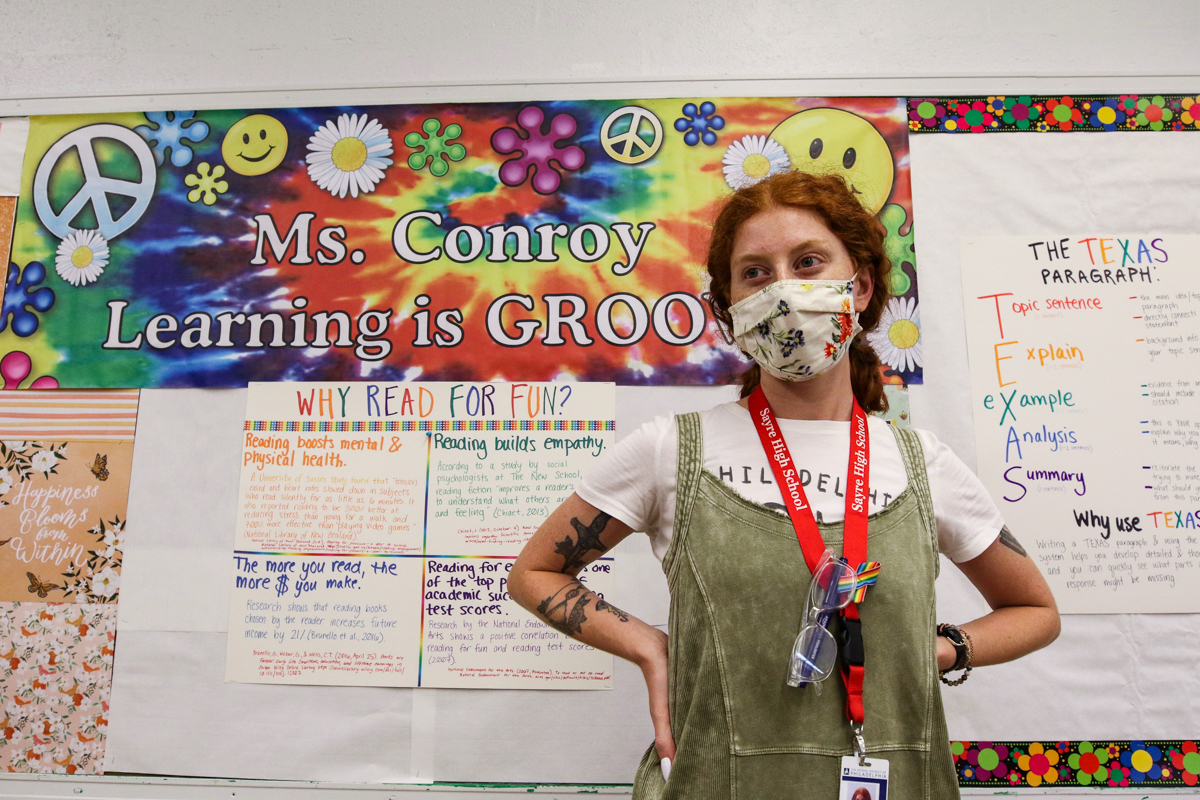
A Philly teacher’s perspective
There are problems in this district, and those problems are easy to pin on teachers. I’m not saying we’re never a part of the problem or never responsible for them, because we always have the potential to cause problems and we are absolutely responsible for what’s in front of us. However, the problems we see in schools that give us these labels of “failing” are bigger than our classrooms and even bigger than the school district.
So often, we sit in professional development meetings about how we’re going to raise test scores and reading levels. They tell us how many students read at grade level, how many are failing the state tests, and then how to choose the novels we’ll read with our students this year. I sit and listen, but I think, who else are y’all talking to about this? Are you talking to people at City Hall? Are you talking to Mayor Kenney about why the test scores are what they are? Are you willing to acknowledge why they are what they are? Because this isn’t just education. It’s infrastructure, housing, wages, healthcare, everything, just showing its effects in my classroom. It’s not just me and what books I’m choosing to read with my students this year.
Then teachers feel like change is impossible. I usually don’t speak up in those meetings because I don’t expect anything to change if I do. And I think that’s why being a teacher in Philly doesn’t work out for the long term if you don’t personally, individually enjoy what you’re doing day-to-day. If you came here to make a huge, immediately visible impact on the school district, you’re not going to get what you’re looking for in the classroom.
It’s a big challenge, this disconnect between what’s happening in the classroom and what’s happening in the rooms where decisions are being made about our classrooms. One email or professional development session says to do more social-emotional learning and relationship-building in the classroom, and the next one reminds you to keep your learning objectives rigorous, and don’t forget about that state test coming up! Practice self-care, but on your own time, which is likely the same time you’re grading, lesson planning, etc.
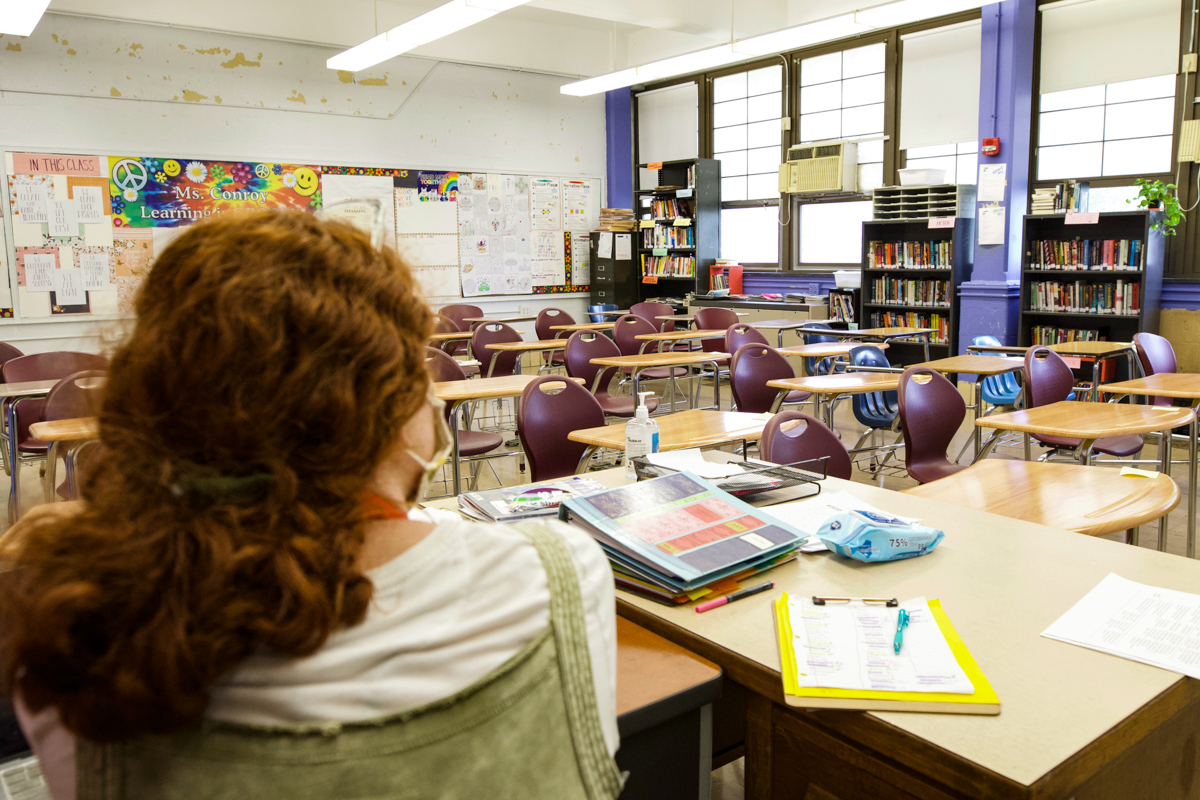
‘We need more people in the buildings to really reach every student’
It’s often said — and I’ve heard it many times by school district officials themselves — that in order to take care of others, you need to take care of yourself first. I want to do the social-emotional learning. I want my students to become better readers. I know what it takes to do those things, and it takes a lot more than teachers are given time for in our workday, but it’s important to me. So I might clock out at 3:04 p.m., but my work won’t really end for several more hours.
The problem then creates itself. Teachers feel overworked and overwhelmed, so they leave. Those of us still here become more overworked and overwhelmed with the added work left behind by those who just couldn’t take it anymore. We can throw new computers and intervention programs at the problem all day long, but we need to hire more teachers to really reach every student.
So, where do we get the people? Yes, the school district can affect those of us here now. Find solutions to the real roots of the problems, and help your teachers thrive. But I also look to the teacher preparation programs at the universities that send us to this district. First, schools like Penn can pay PILOTs (Payments in Lieu of Taxes) to support funding the schools, but throwing money at the problem is not going to help by itself. Incoming teachers need to understand what they are going into — the challenges of this job, and the joys of it — so that they can make an informed decision about their career and so they don’t feel overwhelmed when they get here. This job is not meant to be a gig. Schools don’t run efficiently for students when teachers are in and out. I ask that the universities use their power and influence to help us keep our teachers — just one thing that can have a major impact across the district.
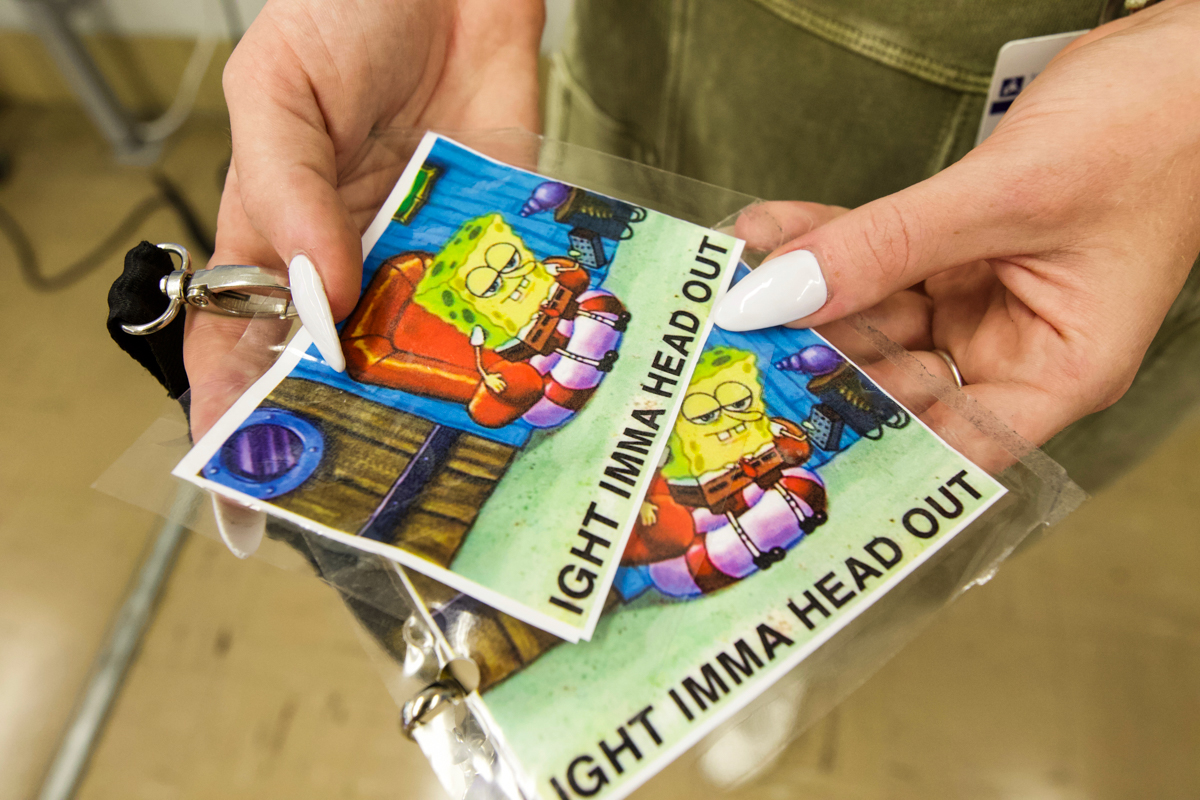
In my classroom day-to-day, I look for the impact I know I can make in my space. My goal is to make my students laugh at least once a day. It’s not universal healthcare, but laughter is a little dose of medicine I can try to give us all. But I hope that people in higher positions of power will someday recognize the fact that when you see student and teacher data, you are seeing something far bigger and deeper than students’ vocabularies or math skills, and we all have a part to play in what the numbers are really showing.
Editors: Solmaira Valerio, Zari Tarazona, Siani Colón / Designer: Henry Savage
Kensington Voice is one of more than 20 news organizations producing Broke in Philly, a collaborative reporting project on economic mobility. Read more at brokeinphilly.org or follow on Twitter at @BrokeInPhilly.
If you’re interested in sharing your teaching experiences in Kensington’s schools, send an email to editors@kensingtonvoice.com, and we’ll consider publishing it in our Voices section.



